It’s all about the AMIRA
Anticipation of ARRI’s new AMIRA is hotter than ever; since it was unveiled at IBC in Amsterdam last September it’s been the subject of a huge industry buzz. Seeing it again on the ARRI stand at BVE last week confirmed our thoughts: we can’t wait to get our hands on it when it’s released next month!
Here we recap the 7 key aspects of this new documentary-style camera that we’re most excited about:
-
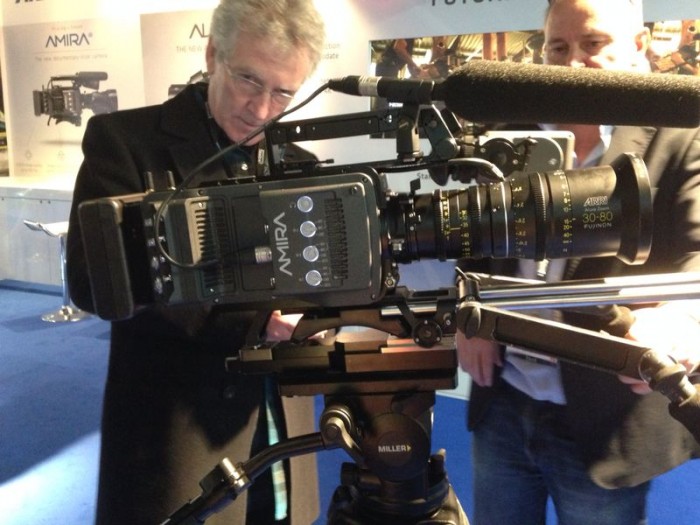
The most obvious point of interest for operators is the ergonomic shape of the camera: the AMIRA finally delivers a super35 sensor in a practical ENG style body ideal for single-operator use. It sits on the shoulder and the shoulder pad and viewfinder move forward and back to provide the perfect balance whatever the choice of lens. Although the camera is slightly on the heavy side for an ENG we’re told 1kg is to be shaved off its weight prior to release (supposedly to make it 8kg with lens and all).
-
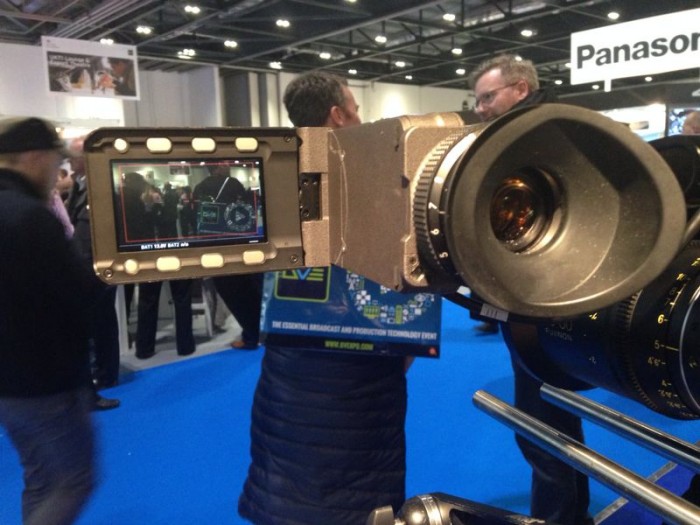
The viewfinder boasts OLED quality for great contrast and colour and includes incredibly useful ‘surround view’ as seen in the ALEXA’s viewfinder, providing an extra 10% outside of the recorded image for better monitoring.
A fold-out LCD monitor is built into the side of the viewfinder which incorporates the same simple six button display as the ALEXA and can be used for navigating the menu and settings. It’s also great for monitoring when holding the camera off the shoulder as well as providing a separate image for the director to view.
-
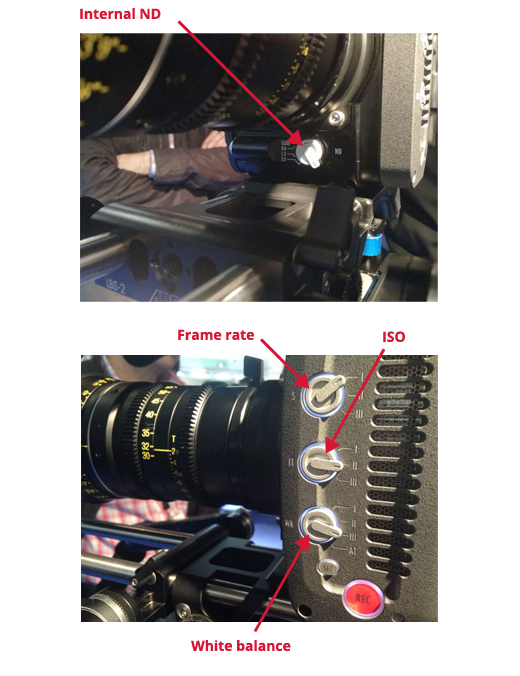
ARRI’s reputation for simplicity is continued on the camera body itself with the inclusion of four large and easy-to-reach switches for the internal IRNDs, frame rate, ISO rating and white balance. The size of the switches means these settings can be changed with ease when operating on the shoulder, potentially without even having to look.
A nice touch is the white balance switch with four positions rather than three, so a large selection of white balances are at your disposal in an instant.
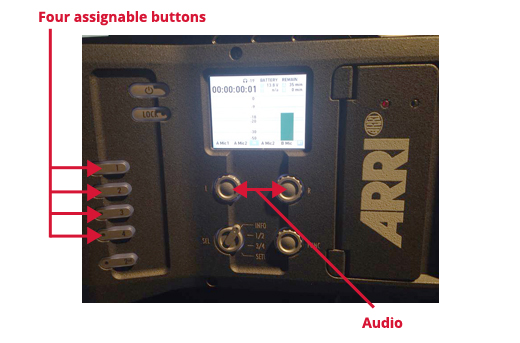
There are also four assignable buttons on the side of the camera body which can potentially hold eight different functions and, to the right of these, a display for info and audio levels, plus audio dials for two channels. The three XLR inputs on the reverse of the body can each provide phantom power.
-
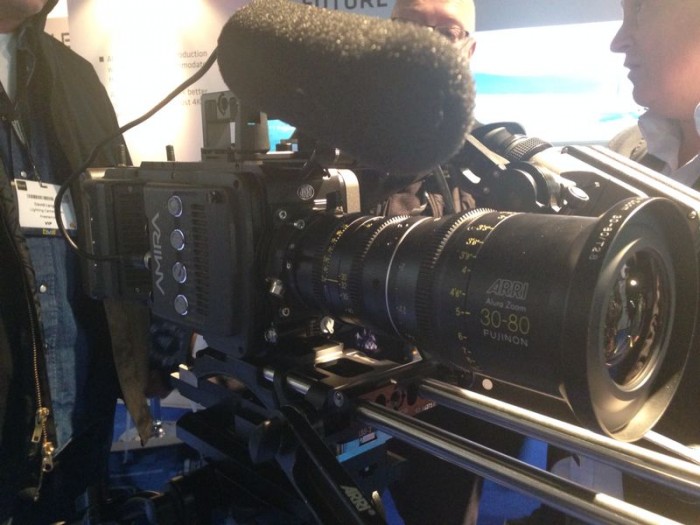
The AMIRA’s full package includes all three potential mount options – PL, EF and B4 – which make the camera as flexible as it possibly can be. PL to take full advantage of the cameras larger sensor, EF for obtaining a shallower depth of field at a lower price and B4 for lenses with bigger range and more forgiving focusing. Mounts can be swapped by releasing four screws, however an option for a PL to B4 adaptor will be available allowing instant and easy switching between B4 and PL lenses.
-
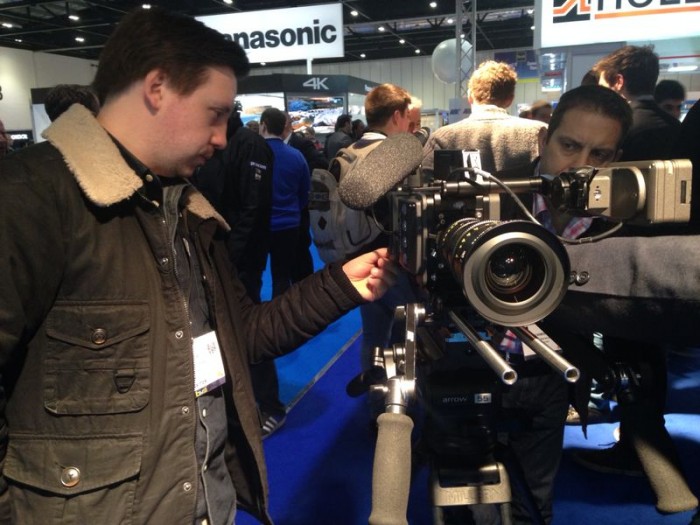
The AMIRA’s super35 16:9 sensor matches the sensor from the classic ALEXA, boasting the same filmic colour science and 14+ stops of dynamic range. The AMIRA also uses the same Log-C option as the ALEXA but is preloaded with a variety of LUTs which can be saved in the metadata or actually burnt into the image to save the need for any grading at all. In addition it will be possible to download personalised 3D LUTs or create your own in–camera with controls like slope, knee and gamma.
-
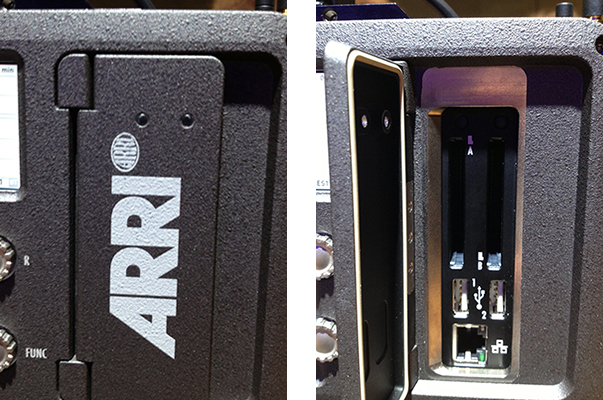
One of the most exciting things about the AMIRA is the use of new CFast 2.0 technology, which is now the fastest media available. These cards are fast enough to allow for shooting up to 200 frames per second at ProRes 4444 quality. For comparison, the ALEXA is only able to achieve 120 frames per second at ProRes 422HQ.
-
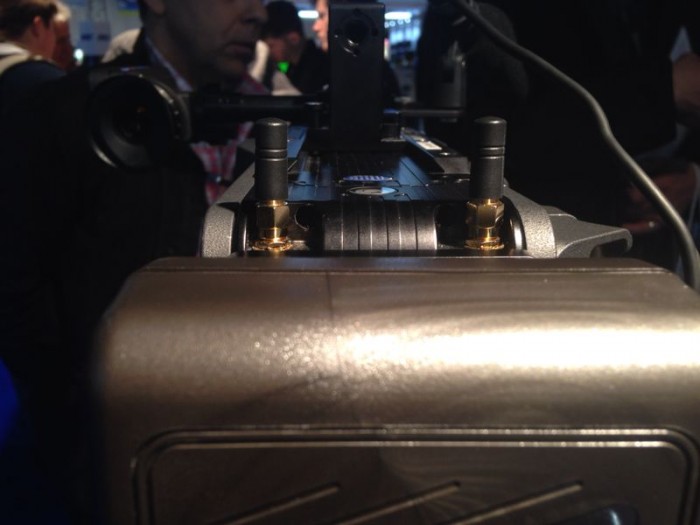
A final interesting aspect is the two aerials at the back of the camera. Planned future upgrades will use Bluetooth and wifi signals to allow remote control of the camera or viewing of the image from a secondary device. This hopefully means a downloadable app will allow a director to view the image wirelessly from a tablet with no additional equipment connected to the camera required.
Watch this space for the AMIRA’s availability date at Shift 4. Not long to wait now.
Monday, March 3rd, 2014
Tags
- ARRI (6)